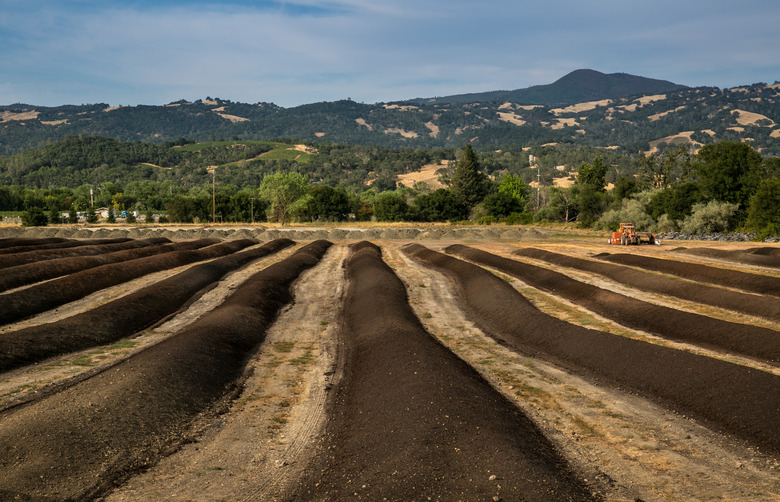A Fault Line In California Is Creeping - Is The Big One Coming?
There's a creeping fault line in California.
Not sure what that means? Don't feel too bad. Even the scientists who've dedicated years of study to earthquakes and tectonic activity aren't too sure what a creeping fault line means. But it still has some people worried that The Big One – the magnitude 8 earthquake that could strike California and leave behind chaos and devastation – is coming sooner rather than later.
Here’s What we Know:
Here's What we Know:
Scientists released a study late last week about activity on the Garlock fault. You may remember that back in July, a 6.4 magnitude quake hit Southern California. For the next three weeks, a series of more than 110,000 aftershocks ruptured through the area, including a 7.1 magnitude one about 36 hours after the original rumble. The quakes became known as the Ridgecrest earthquakes.
The researchers who worked on the study used satellite radar imagery to detect underground movements all the way from space. They determined that all those aftershocks put extreme pressure on an area known as the Garlock fault, which is in the Mojave Desert. Following the quakes, they detected movement along the fault for the first time in recorded history.
The movement hasn't started an earthquake or even minor shaking. Instead, it's a slow movement, one the scientists can only describe as "creeping."
What is Creeping, and is The Big One Coming or Not?
What is Creeping, and is The Big One Coming or Not?
Creeping isn't new – it's happened before along the San Andreas Fault, and didn't trigger an earthquake. In fact, some researchers believe that creeping can actually help to reduce stress on fault lines, making them less volatile. It's not unusual for creeping to start as a result of other nearby quakes and then just stop, without causing major damage when it's done.
But that still doesn't mean that researchers know exactly what's going on. Major seismic events are notoriously difficult to predict, and scientists can't rule out the possibility that The Big One is coming, whether or not the Garlock fault creeping has anything to do with it.
More than anything, the incident highlights how it's impossible to know when that overdue earthquake will hit, so to be prepared no matter what. If you're in California, check out these resources to make sure you, your family and your classmates know what to do in the case of earthquake emergency.
Cite This Article
MLA
Dragani, Rachelle. "A Fault Line In California Is Creeping - Is The Big One Coming?" sciencing.com, https://www.sciencing.com/california-creeping-fault-line-13722559/. 24 October 2019.
APA
Dragani, Rachelle. (2019, October 24). A Fault Line In California Is Creeping - Is The Big One Coming?. sciencing.com. Retrieved from https://www.sciencing.com/california-creeping-fault-line-13722559/
Chicago
Dragani, Rachelle. A Fault Line In California Is Creeping - Is The Big One Coming? last modified March 24, 2022. https://www.sciencing.com/california-creeping-fault-line-13722559/
